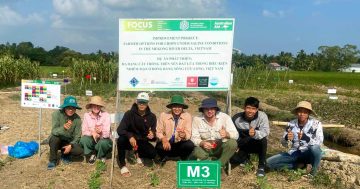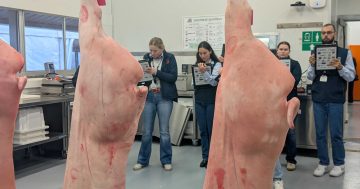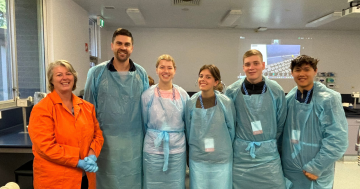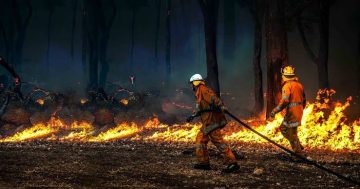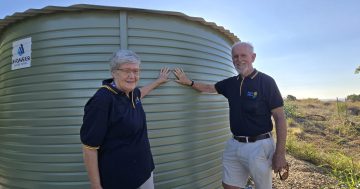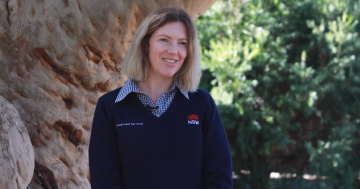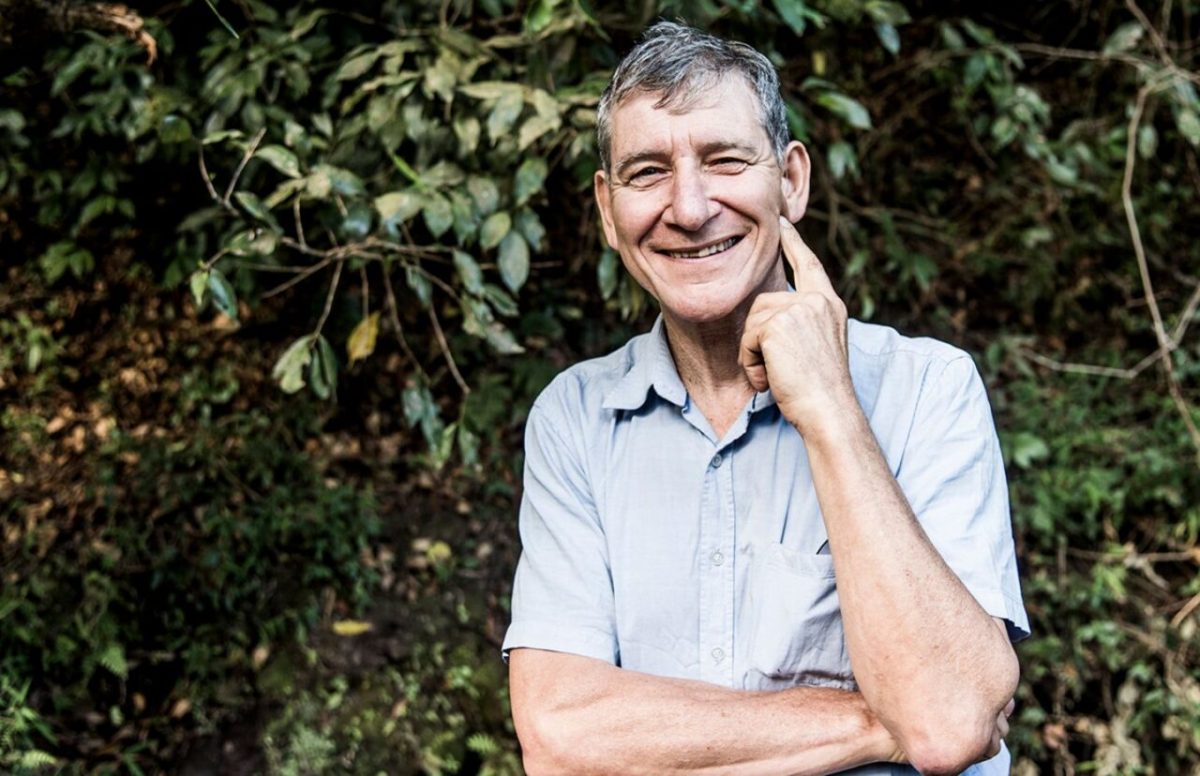
Tony Rinaudo says it’s minds that need regenerating to restore the environment. Photo: World Vision.
Tony Rinaudo is an Australian agricultural scientist who is committed to restoring landscapes ravaged by deforestation and his work is quite literally changing the world.
He’ll be in Wagga this Friday (9 September) to share his story and discuss his book The Forest Underground: Hope for a Planet in Crisis at an event at CSU’s St Martin’s College.
Tony’s revolutionary approach to farmer-managed natural regeneration (FMNR) has regreened more than 18 million hectares in 27 countries.
While his bio describes him as the “forest maker”, Tony shrugs off the moniker in favour of a more nuanced description of his work.
“Marketing people have great fun at my expense thinking up names like ‘the forest maker’ or ‘the tree whisperer’ and so on, but I say that actually, 95 per cent of what I do in my work is regreening mindscapes.”
Tony’s work began on the edge of the Sahara Desert in Niger in the early 1980s as part of a Christian mission.
After being frustrated in his early attempts at reforestation, he paused to examine a small overlooked plant that turned out to be an underground tree.
“In that instance, everything changed,” he explains.
“I wasn’t fighting the Sahara Desert. I didn’t need a multi-million-dollar budget to do this or a miracle species of tree that can withstand drought and goats and even people pulling them up because everything that I needed was literally at my feet.”

The same hillside in Ethiopia, nine years apart after regeneration through Tony’s technique. Photo: Supplied.
He says the real battle was not with nature, but in overturning false beliefs about the value of trees to farming.
“It was negative attitudes towards trees and destructive practices that cut them out that was what brought this landscape to its knees where it was barely producing a thing.”
Tony’s FMNR approach has seen 200 million trees nurtured to life in Niger alone and the technique has been utilised globally to restore large areas of ‘desertifying’ landscapes.
He says he’s excited to see a growing regenerative agriculture movement in Australia.
“Strategically revegetated land on the catchments has revived springs, and in some cases, small streams are now running throughout the year instead of only when it rains,” he says, explaining that increased vegetation acts like a sponge to retain water and reinvigorate the landscape.
“A one per cent increase in organic matter across one hectare translates to an additional water storage capacity in the soil of 144,000 litres if you treat it properly,” he says.
“Your soil is a free dam and yet conventional agricultural practices clear the vegetation and force water to evaporate and run off.”
Tony says that reforestation could also make a huge difference in slowing man-made climate change.
“If you restored a billion hectares of degraded forest – so not infringing on agricultural land – that could sequester anything up to a quarter of existing greenhouse gases,” he explains.
“In addition to that, there are two billion hectares of degraded agricultural land and while you’re not going to turn that into a forest, you can greatly increase its productivity and its environmental functioning.”
As passionate as Tony is about restoring the landscape, he says the biggest challenge is restoring hope.
“A survey was done in 10 countries that found that more than 60 per cent of young people were despairing and thinking there’s no hope for the future,” he says.
“This generation needs hope.
“In my experience, there’s always hope but it doesn’t fall out of the sky, you make hope happen.
“Don’t hide under the bed covers and let climate change find you there. Get out and attack it on its own terms and make stuff happen.”
Tony will share more of his story at the Fairfax Centre at St Martin’s College at 7 pm on Friday 9 September.








